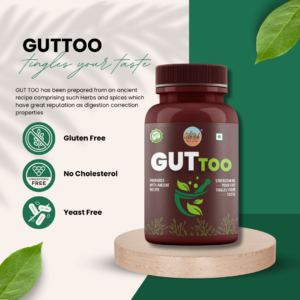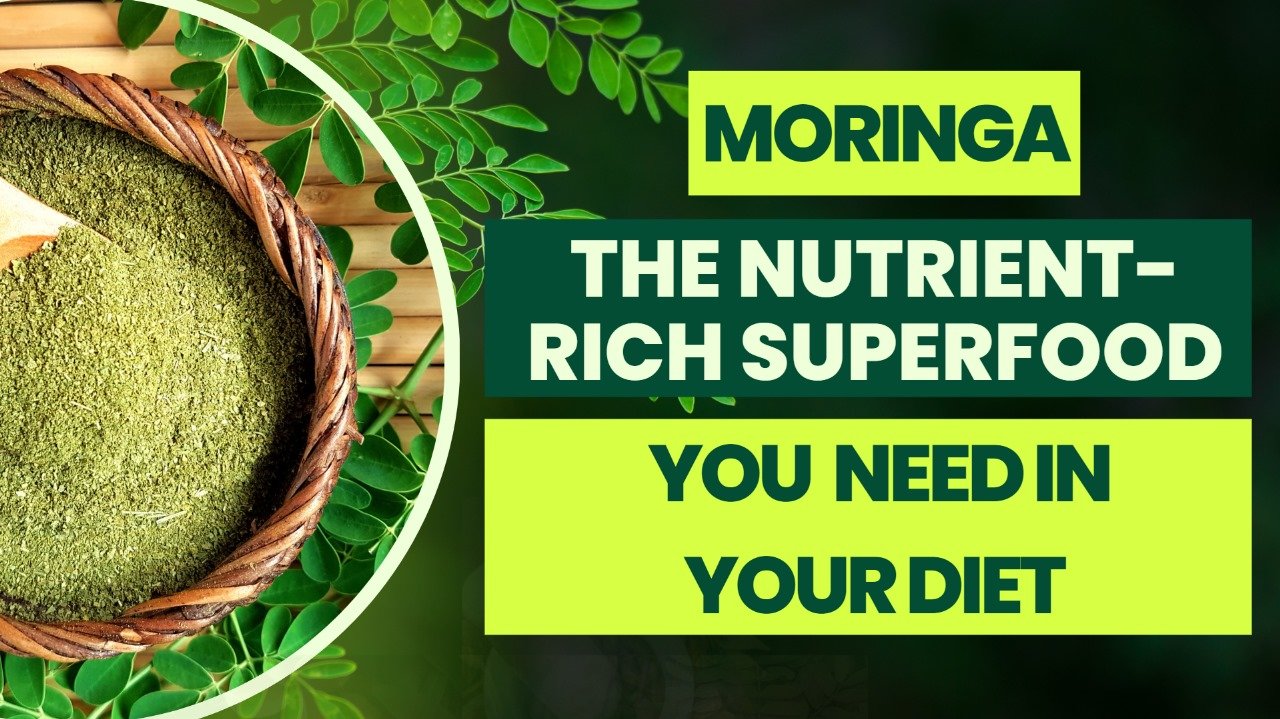The best discounts this week
Every week you can find the best discounts here.
Guttoo – Strengthen You Gut
Reinsta Pro
In India, Moringa is known as “Sahjan,” and botanists refer to it as Moringa Oleifera. It is also known by other names like drumsticks, horseradish, benzolive, kelor, mlonge, mulangay, and ben oil tree.
Originally from southern India, this plant has spread to regions such as the Himalayas, Arabia, and Africa. Moringa can grow up to 30 feet tall. Its flowers, pods, and leaves are consumed for various purposes, especially in relation to heart conditions, ulcers, and other chronic conditions. Because of these benefits, it is also called “Jeevan Daayi Vriksh.”
The seeds of the plant are used to purify water by settling particles of silt and clay. In the western world, Moringa leaves in powdered form are commonly used as a health supplement and for skincare purposes.
Nutritional Value of Moringa
Moringa contains over 90 natural nutrients, making it a valuable plant. The leaves are a rich source of various vitamins, including B1, B2, B3, B6, B7, C, D, E, and K, other important nutrients found in Moringa include Beta-Carotene, iron, potassium, calcium, copper, magnesium, manganese, and zinc. These components make Moringa a good source of natural antioxidants and phytonutrients, which help rejuvenate the body at a cellular level.
In Southeast Asian countries, Moringa has traditionally been used as a cardio tonic. Additionally, it may help protect the liver from damage caused by anti-tubercular medication.
Antioxidants and Health Benefits
Oxidative Stress leads to various diseases like Malignancy, Hyper glycimia, Myocardial infarction, COPD, Alzheimer, Parkinson, Amyotrophic Lateral Sclerosis, Rheumatoid Arthritis and Stroke etc. and the cause of oxidative stress is accumulation of high amount of antioxidants & free radicals in ours cells.
Moringa is full of Antioxidants & Phenolic Compounds e.g. Kaempferol, Apigenin, Quercetin, Luteolin, Myricetin, Chlorogenic Acid, Phenolcarboxylic acids, Ferulic Acid, Gallic Acid, Vanilic Acid, Ellagic Acid, Lignans like Secoisolariciresinol, Isolariciresinol, Medioresinol, Epipinoresinol Glycosides etc. which promote immune health, prevent chronic disease, fight inflammation & have potent antifungal properties.
Recognized by NGOs and Experts
Organizations like Trees for Life and the Educational Concerns for Hunger Organizations have described Moringa as “Natural Nutrition for the Tropics.” They emphasize that Moringa leaves contain more Vitamin A than carrots, more calcium than milk, more iron than spinach, more Vitamin C than oranges, and more potassium than bananas. The protein quality of Moringa leaves is also superior to that of milk and eggs.
Lowell J. Fuglie, in his book “The Miracle Tree: Moringa Oleifera, Natural Nutrition for the Tropics” highlighted how Moringa can help eradicate malnutrition, calling it the “miracle tree of hope.”
Dr. C. Gopalan, President of the Nutrition Foundation of India, also emphasized the importance of green leafy vegetables and fruits in supplying essential micronutrients like beta-carotene (Vitamin A), Vitamin C, folic acid, calcium, and potassium. Moringa leaves, in particular, are a rich and inexpensive source of these micronutrients.
Church World Service has highlighted that one glassful of fresh Moringa leaves can provide the daily Vitamin A requirement for up to ten people. Adding two raw Moringa leaves to a child’s daily food intake or mixing 2-3 teaspoons of dried Moringa leaf powder into food can be highly beneficial, especially in high-risk areas.
Dr. Frank L. Martin, in his work “Survival and Subsistence in the Tropics,” noted that Moringa stands out among leafy vegetables for its high vitamin and mineral content. Moringa leaves are an excellent source of protein, while being low in fat and carbohydrates.
Versatility of Moringa
Moringa is a versatile plant where almost every part is edible. The leaves can be eaten raw, cooked like spinach, or turned into a powder that can be added to soups or sauces. The young pods can be eaten whole. Older pods can be used for their seeds, which can be prepared like peas or roasted like peanuts. The flowers, which bloom about eight months after the tree is planted, can be fried and taste similar to mushrooms. In Hawaii, the flowers are used to make tea for curing colds. The flowers also provide nectar year-round and can support beekeepers.
The ben oil, rich in oleic acid (73%), can be used for cooking, lubrication, and in products like soaps and perfumes. In ancient times, ben oil was highly valued by the Greeks, Romans, and Egyptians for use in perfumes and skin protection. In the 19th century, the oil was also used in Europe for similar purposes.
Conclusion
Moringa is an incredibly nutritious and versatile plant. Its leaves, pods, flowers, and seeds offer a wide range of benefits, from nutrition to skincare. The rich nutritional content of Moringa makes it a valuable resource for addressing deficiencies and combating malnutrition. Given its impressive health benefits and versatility, Moringa is an important addition to the daily diet.



